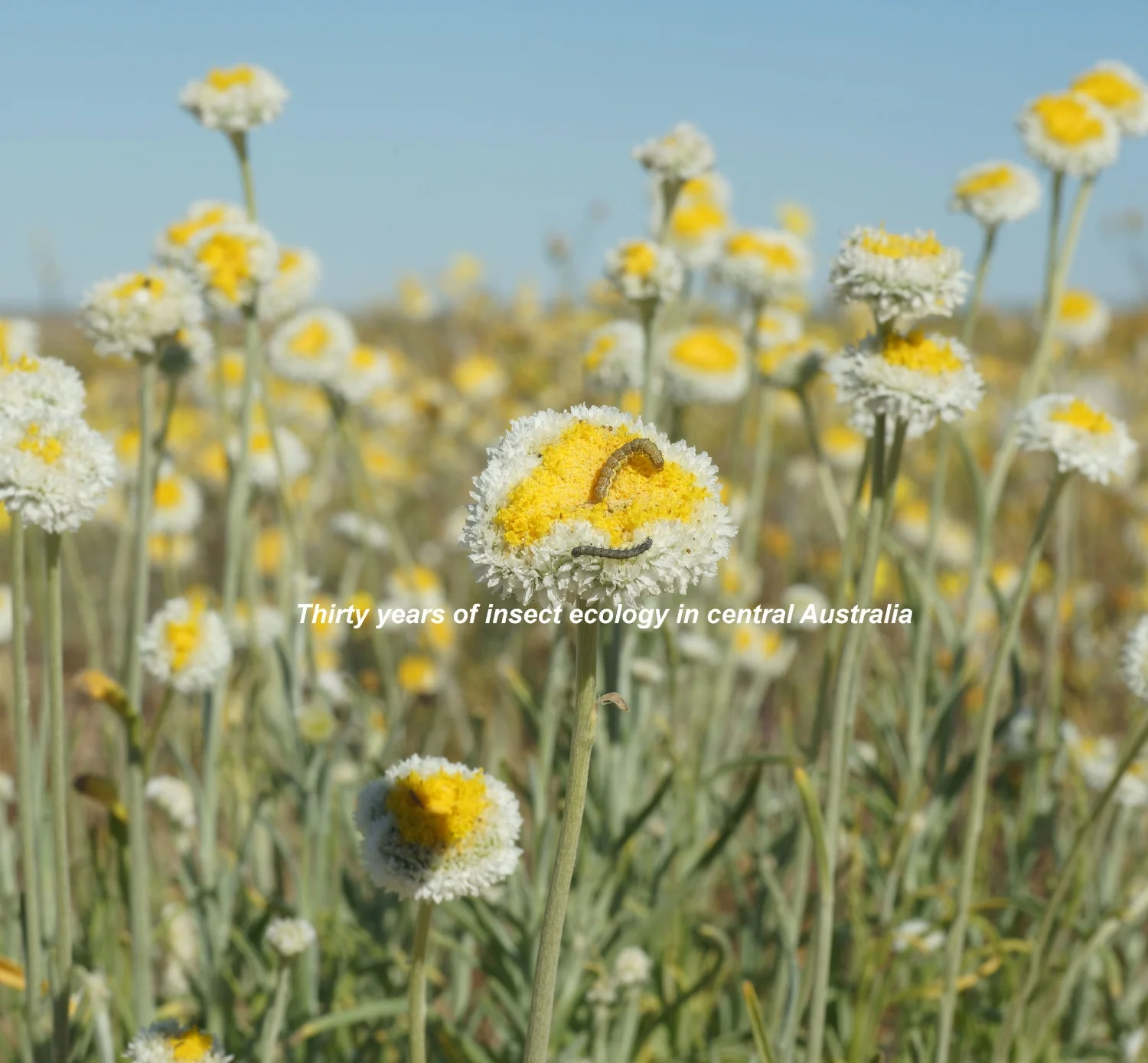Attract and kill for noctuid moths
A moth of Helicoverpa armigera feeding on a deposit of the attract-and-kill product Magnet, on a cotton leaf.
Working with the former Australian Cotton Cooperative Research Centre and AgBiTech Australia we developed an attract-and-kill technology for noctuid moth pests such as Helicoverpa spp. Based on a blend of plant volatile compounds with sucrose as a feeding stimulant, it attracts moths for feeding. Farmers add a small quantity of insecticide to kill the moths, thus preventing them from laying eggs which hatch into damaging caterpillars. In this way the pests can be controlled by spraying less than 1% of a field, with lower impacts on natural enemies compared to cover sprays targeting the caterpillars.
When this product, Magnet, was registered in Australia in 2009 it was a world first, and won us the CRC Association Award for Excellence in Innovation. Our recent work funded by the Cotton Research and Development Corporation has seen Magnet included in the strategy for managing resistance to transgenic cotton in Helicoverpa spp. Over 60,000 hectares are now treated annually for this purpose.
Ecology of Helicoverpa moths in inland Australia
A caterpillar of the native budworm, Helicoverpa punctigera, feeding on Rhodanthe moscata, a native hosts we identified in inland Australia.
Helicoverpa armigera, the cotton bollworm, and H. punctigera, the native budworm, are among Australia's most significant insect pests. Working with colleagues from CSIRO, the University of Queensland and Queensland Department of Agriculture and Fisheries, with funding from the Cotton and Grains Research and Development Corporations, we studied their ecology in arid non-cropping areas of inland Australia. This work, extending from 1987 to 2017, identified the major native hosts and habitats which contribute to outbreaks of these highly migratory species in cropping regions of southeast Australia. Such long term studies are rare in insect ecology, and this one has helped us to understand the role of non-cropping areas and the impacts of climate perturbations, helping to forecast outbreaks and long term population trends for these important pests.


